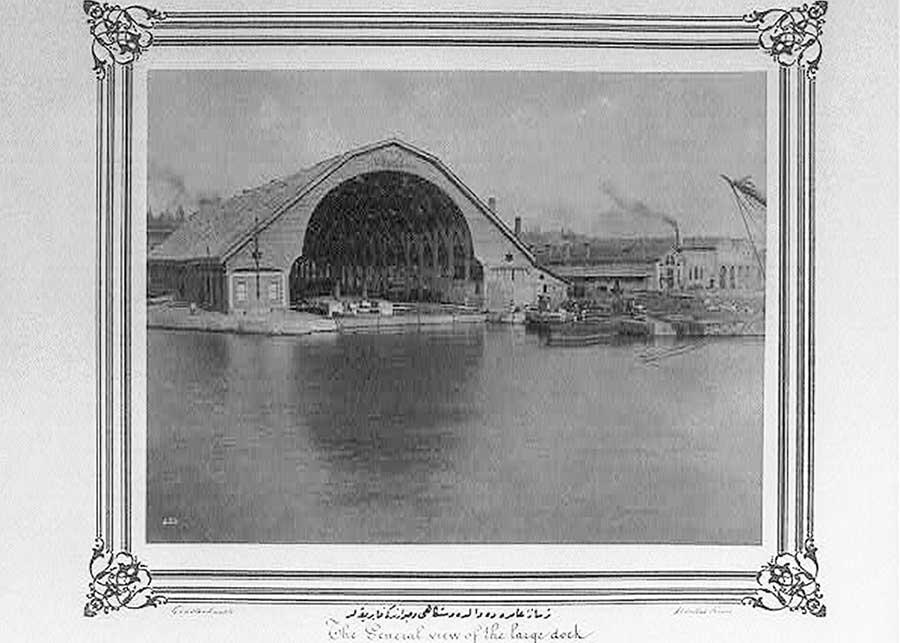
Instructor: Sibel Bozdogan and Cemal Kafadar
Course: STAGING THE CITY: URBAN FORM AND PUBLIC LIFE IN ISTANBUL
Students: Kevin Hinz
This historical summary of Turkish manufacturing reaches back to the Ottoman Empire. A unique circumstance of non-urban manufacturing sites proliferated in the countryside, organized by both foreign and indigenous entrepreneurs (Quataert). Complex systems negotiated international trade between home-based manufacturers and consumer markets abroad. The influx of global capital brought about changes in the demographic structure of social classes on multiple scales.
The construction of this research map begins its query of manufacturing sites along the edges of Istanbul’s Golden Horn, mapping now transformed sites by comparing a small sample of 19th and 20th century postcards, photographs, and drawings with contemporary crowd-sourced photographs widely available in open-source online image forums. Literature reviews uncovered political details surrounding these transformations, including drastic physical transformations along the Golden Horn in the 1980s with the demolition of more than 30,000 buildings in a matter of days (Bezmez). A sparse mix of reused industrial buildings and then vacant lots remained, setting a stage for unique urban growth in the Turkish capital. The map only opens a tiny aperture of industrial record with a view set on the development of naval history and shipbuilding sites in 21st century Turkey.
A continuing Ottoman tradition of maritime expertise begins in the Golden Horn. Imperial sponsorship for shipbuilding activities insured that more than 400 yrs of detailed records were kept, including battles, ship repairs, as well as outfitting and labor costs, most which can be found today in the Naval History Archives at the Istanbul Naval Museum (Couto). The Turkish people have always been on the forefront of naval technology, from the grand Ottoman rowing galleys, Sultan Süleyman’s Imperial Yacht, 19th century steamships, and the first underwater torpedo from the Abdül Hamid. The industry is very competitive in the 21st century global marketplace: ranking 11th based on the order book in dwt (deadweight tonage), 5th for the number of units on order, leading the world’s construction of smaller-tonnage chemical and oil tankers, and taking 3rd place globally with over 300 million Euros volume in the megayacht segment (Messe).
Identifying shipyards in Galata and Pera are only the beginning, buildings that still exist in some respects as dockyards, ferry stations, and complexes open to developer proposals. Paintings, drawings, and maps recovered from the Atatürk Library, Harvard Fine Arts Library, and the US Library of Congress are displayed and referenced in the map’s features. Contemporary images provide modern references to illustrate that change and development have always been a part of the Ottoman Empire. History is not lost, it is merely under continuous construction.
View this map as a door that opens alternate historical record of shipbuilding in Turkey. One path leads toward the palimpsest of a naval past in the industrial light of 21st century technology, production and craft.